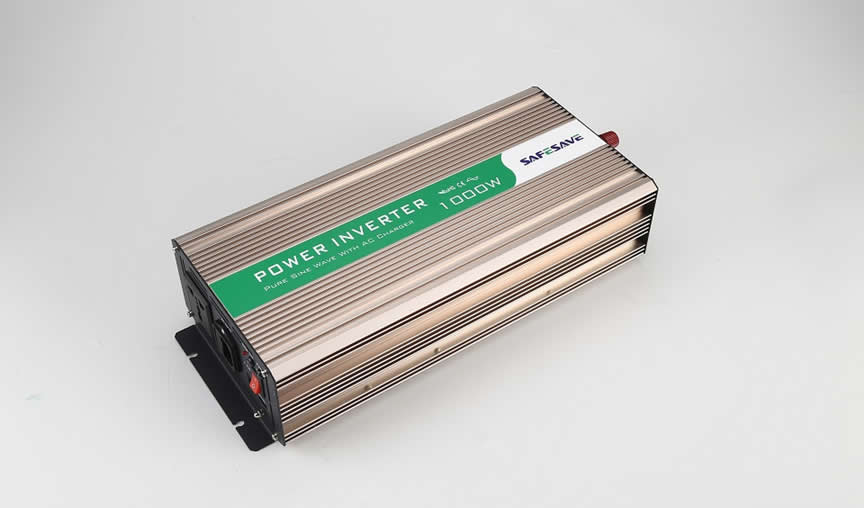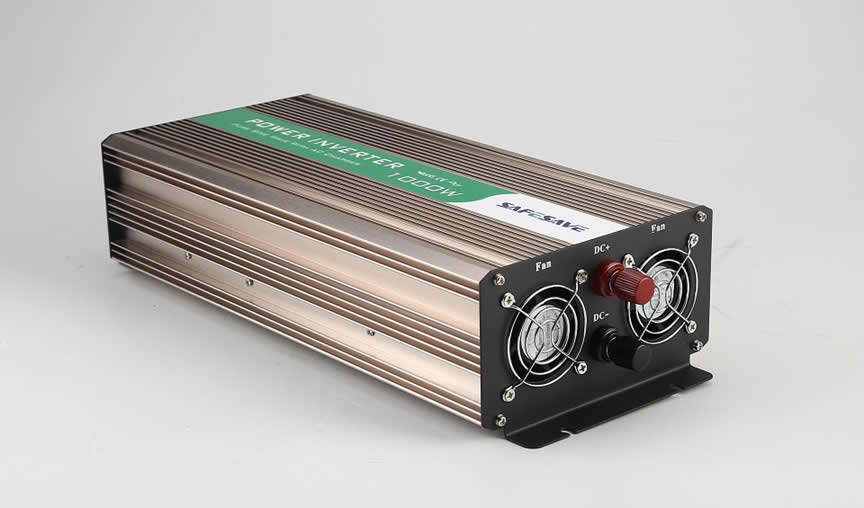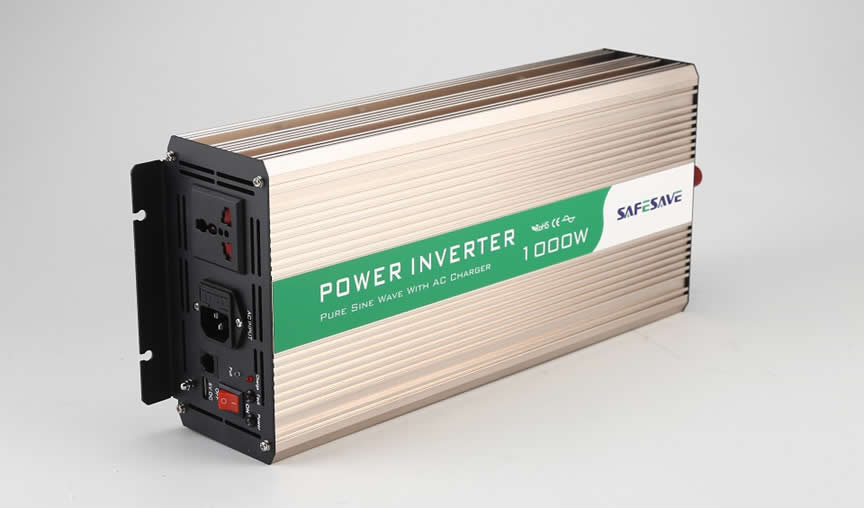Protection function of photovoltaic inverter
Protection function of photovoltaic inverter
As an important electrical equipment inside the photovoltaic power generation system, the inverter is equipped with various types of protection functions, and the basic protection functions are as follows.

(1)DC bus over-voltage protection. The inverter continuously detects the DC bus voltage. When it detects that the DC voltage is higher than 1 000 V several times, the inverter disconnects the AC contactor and stops supplying power to the grid.

(2)AC overvoltage and undervoltage protection. The inverter continuously detects the grid voltage. When it detects that the grid voltage exceeds the specified allowable voltage range, the inverter disconnects the AC contactor; if the grid voltage falls within the allowable low voltage ride through range (20%), The low-voltage ride-through function is activated, and the inverter operates at the same time. During the low-voltage ride-through time, if the grid voltage does not recover, the inverter disconnects the AC contactor and stops power supply to the grid.

(3)AC frequency protection. The inverter continuously detects the grid frequency. When it detects that the grid frequency exceeds the specified allowable frequency range, the inverter will disconnect the AC contactor within 0.2 seconds and stop supplying power to the grid.

(4) Polarity reverse connection protection. When the DC output voltage is lower than 100 V and the program detects that the DC reverse current is greater than 40 A, the inverter prompts reverse polarity protection and operation is prohibited.
(5) Short circuit protection. The inverter continuously detects the grid current. When it detects that the grid current is greater than 1.5 times the rated current, the inverter disconnects the AC contactor and stops supplying power to the grid.
(6) Islanding effect protection. The inverter adopts both passive and active islanding detection algorithms to detect the power grid. Once islanding is detected, the inverter disconnects the AC contactor to disconnect the inverter from the power grid.
(7) Over-temperature protection. When the temperature sensor detects that the temperature of the IGBT radiator exceeds the limit, the inverter disconnects the AC contactor.
(8) DC overload protection. The inverter continuously detects the input power on the DC side. When it is detected that the DC input power is greater than the limit, the inverter automatically limits the maximum output AC power to a controllable range.





